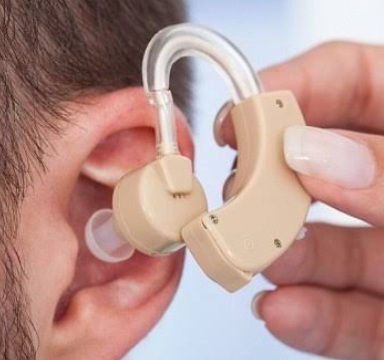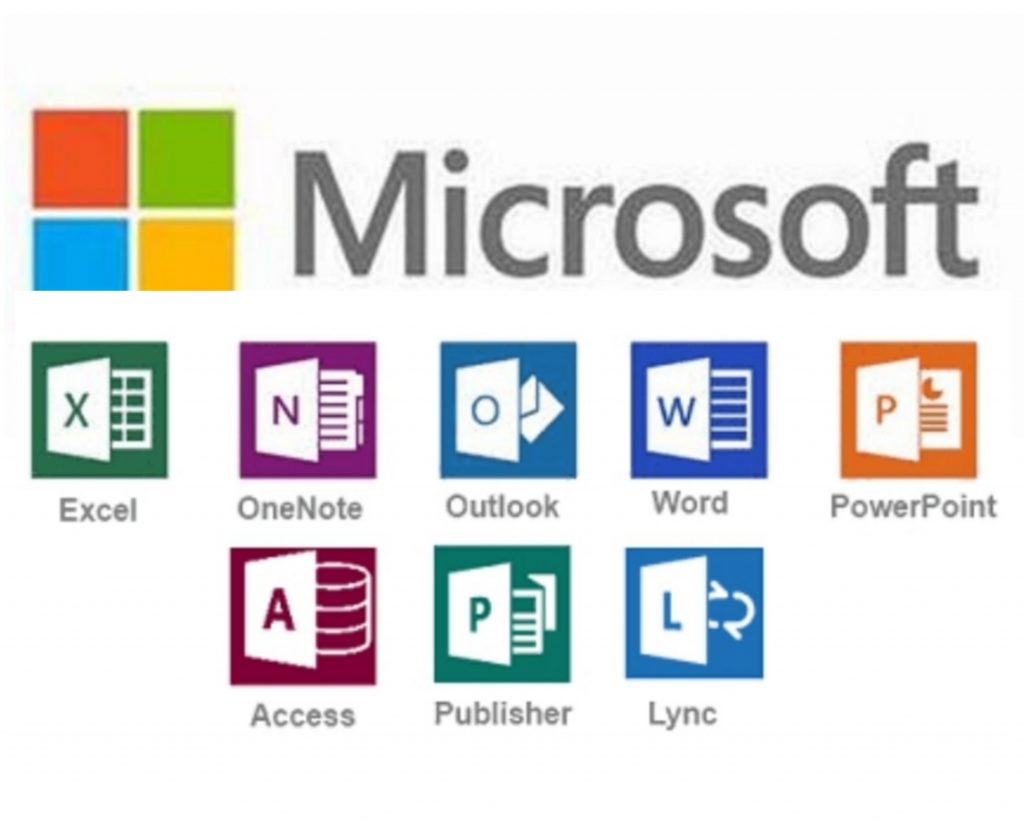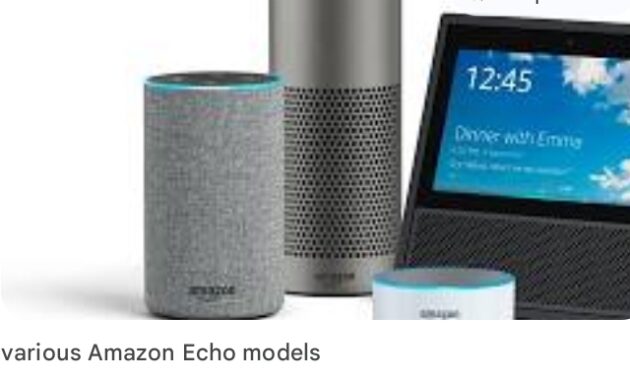WorldTekhno.com: Limited mobility for people with disabilities can certainly reduce their freedom. However, in this modern era, technological advances can overcome or reduce this problem. Let’s discuss further about technology that can help people with disabilities. Technological advances have opened many doors of hope for them to live more independently and productively.
Technology That Helps People with Disabilities
The role of technology is a very useful tool in helping people with disabilities overcome their shortcomings.
The following are some examples of technology that can help and improve the quality of life for people with disabilities.
1.Vision Aids:
• Smart glasses: Glasses equipped with a camera and software that can recognize objects and provide sound information to the user.
• Braille display: With this device, text in the form of Braille can be displayed so that it can be read by blind people.
3. Hearing Aids:
• Hearing aid: a tool to amplify sound so that it can be heard by people with hearing impairments.
• Cochlear implant: With this tool, it can be used as a replacement for the function of the damaged inner ear and converts sound into electrical signals that are sent to the brain.
4. Mobility Aids:
• Electric wheelchairs: These wheelchairs allow users to move more easily and independently.
• Smart canes: Canes equipped with sensors, so that with these smart canes blind people can detect obstacles in front of the user
5. Communication Technology:
• Text-to-speech applications: These applications convert text into sound, so that users with visual impairments can access information audio.
Sign language translator •applications: These applications enable communication between deaf and hearing people.
• Advanced Prosthetics:
Prosthetic arms and legs: These modern prosthetics can be controlled by thought and allow users to perform daily activities better.
Examples of Technology Applications for People with Disabilities
○ Education: Learning applications that are accessible to users with various types of disabilities, such as applications with text-to-speech or customized displays.
○ Employment: Technologies such as speech recognition software and customizable hardware allow people with disabilities to work in a variety of fields.
○ Accessibility: Many buildings and public transportation are now equipped with disability-friendly facilities, such as ramps, elevators, and special lanes.
Benefits of Technology for People with Disabilities
Increasing independence: Technology allows people with disabilities to do many things on their own without the help of others.
○ Expanding access: Technology opens up access to information, education, and jobs that were previously difficult to reach.
Improving quality of life: With the help of technology, people with disabilities can participate more actively in society and live more fulfilling lives.
Challenges and Solutions
• Cost: Advanced technology is often expensive and not affordable for everyone. Efforts are needed to make this technology more affordable.
• Availability: Not all technology is available everywhere. Efforts are needed to increase the availability of technology for people with disabilities.
• Training: Many people with disabilities need training to be able to use technology effectively.
Conclusion
Technology has made a huge contribution to improving the quality of life for people with disabilities. As technology continues to advance, it is hoped that more innovations will be made to help them reach their full potential.
Disclaimer: This information is general in nature and should not replace medical or other professional advice. If you have further questions, you should consult a relevant expert.***







